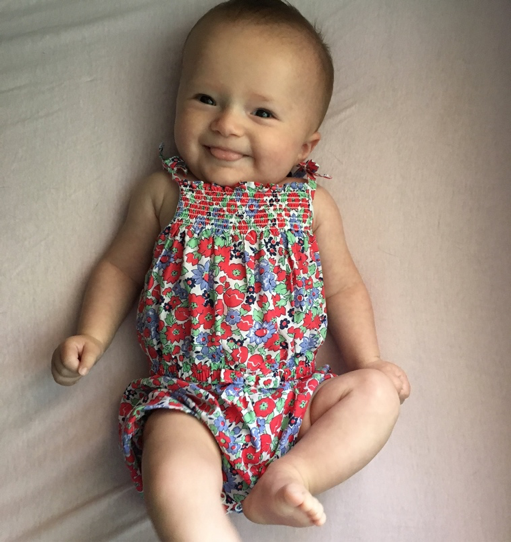Dx Trisomy 21 (Down Syndrome): How can you turn a grim diagnosis into a great life? Ask Julia
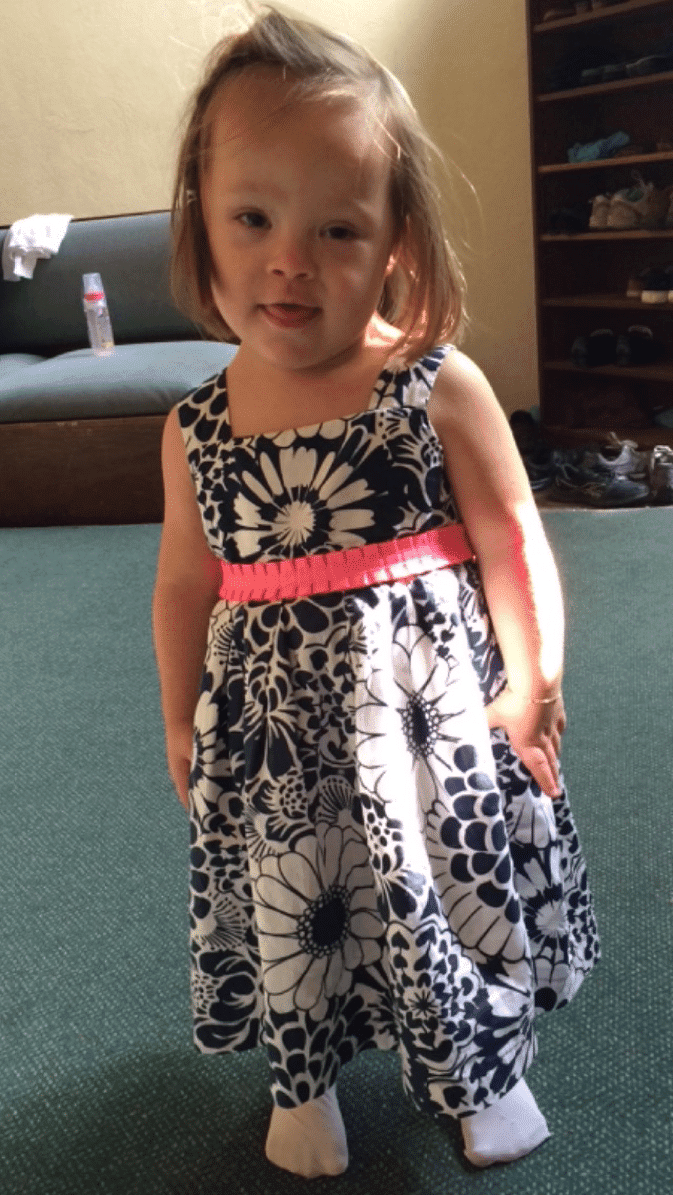
Is Down Syndrome an incurable disease?
Week after week, our parents who have children diagnosed with Trisomy 21 come to The Institutes and tell us their story. Many of them have been advised by health care professionals to terminate their pregnancy before the 12th week. This is because it is generally believe that since Trisomy 21 is a genetic problem, it automatically means that these children cannot be helped. Family members may also weigh in with the same well-intended advice. Some mothers naturally go through very severe emotional trauma during their pregnancy once tests reveal that their baby has Trisomy 21.
Julia was conceived via in-vitro fertilization as was her elder sister. At the 17th week her gynecologist told mother that there was a strong possibility that her daughter might be a Down Syndrome baby. Parents decided to go on with the pregnancy. The development of the baby was monitored regularly using ultrasound tests. By the 37th week the baby was not moving and an emergency C-section was performed. The baby was diagnosed with Trisomy 21 at birth. Julia also had a cardiac problem which was corrected with surgery at 5 weeks of age.
Early Intervention began at 6 weeks
Parents started an early intervention program when Julia was 6 weeks old. Her muscle tone was low but she could hold her head straight. She moved a lot by rolling over from her back to her belly and vice versa. Her understanding seemed to be poor. felt compelled to write this message because I think that it could be extremely useful to families who have children with Cerebellar Ataxia.
Julia begins The Institutes program at 7 months
When Julia was 7 months old her parents attended the What to Do About Your Brain-Injured Child course. In the 8 months following the course, they designed and started a home program which they did every day with Julia.
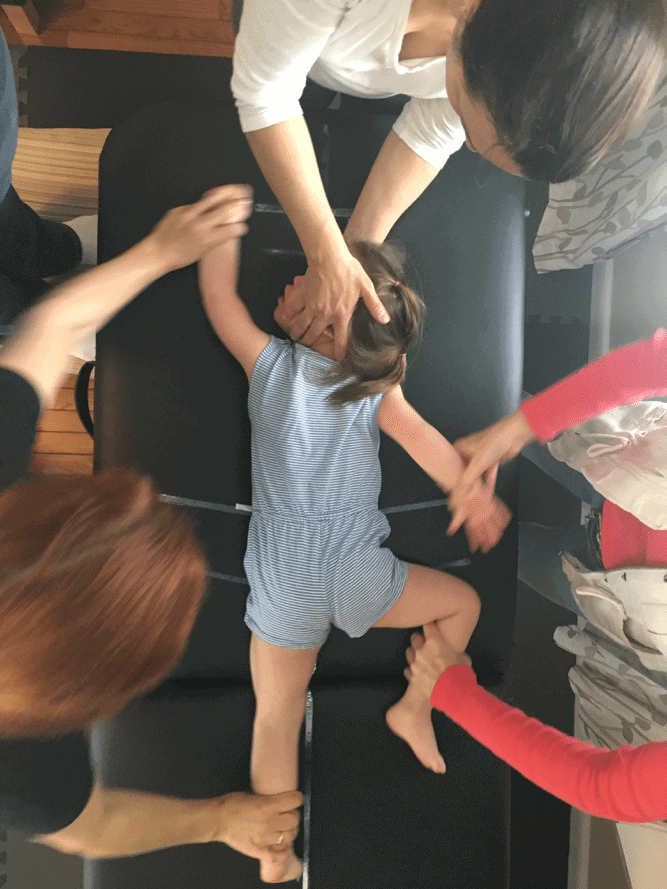
Parents saw significant changes almost immediately
She began to crawl 200 meters in a day for the first time. She saw more than 200 reading words which she absorbed like a sponge. Parents saw a significant improvement in her hearing and her tactile sensation. Both her balance and coordination were markedly better.
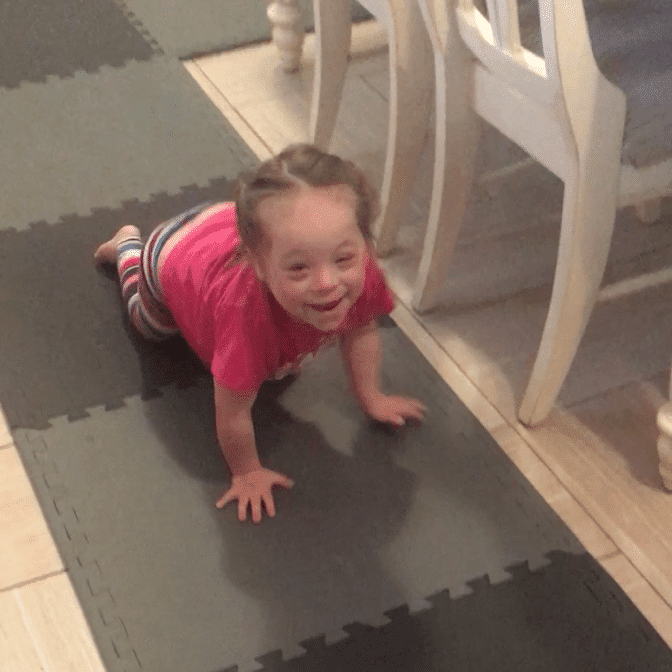
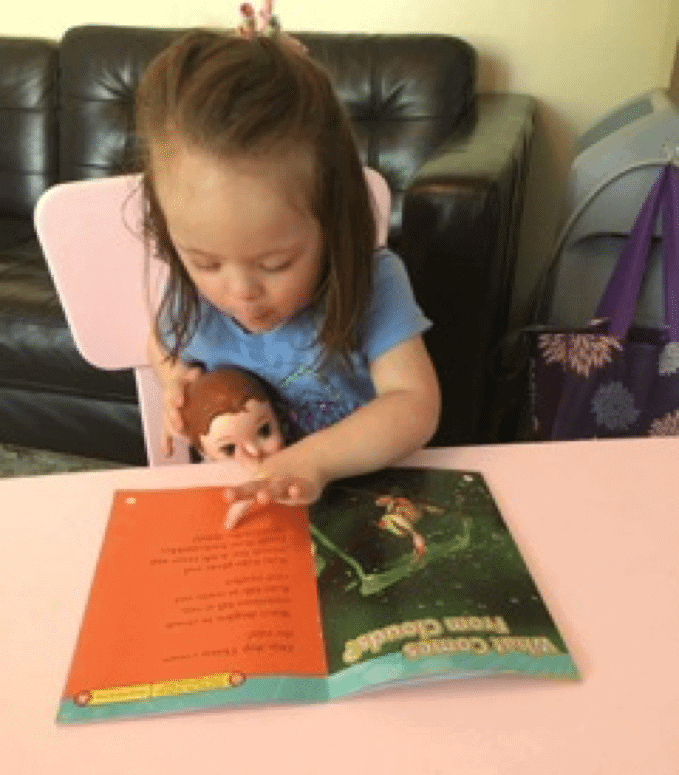
Her new nutrition program made a marked difference in Julia’s physiology. As part of her the program mother stopped infant formula and introduced fresh whole foods which were cooked very carefully. Dairy products were eliminated. Parents marked significant improvement in Julia’s overall health and well-being. They also observed that she began responding when they called her and following simple instructions for the first time. She was also much happier. Each day they watched her get faster in learning her reading words.
Julia quickly surpassed other Down Syndrome children in her group
At that time she happened to be in a group with other Down Syndrome children and she quickly surpassed them in her development. She graduated from the Early Intervention Program.
At age 15 months she came to The Institutes for her initial evaluation. At that time she scored 19 months neurologically, – 4 months ahead of her well peers. She earned crawling and reading victories at her first visit.
Julia continued to progress in all areas of her development. In her most recent visit at 63 months of age, the staff and her parents agreed that she is at or above her peers in her understanding, tactility and manual competence. She still needs to make significant improvement to catch up with her peers in mobility and language which are about 75% of her peer level.
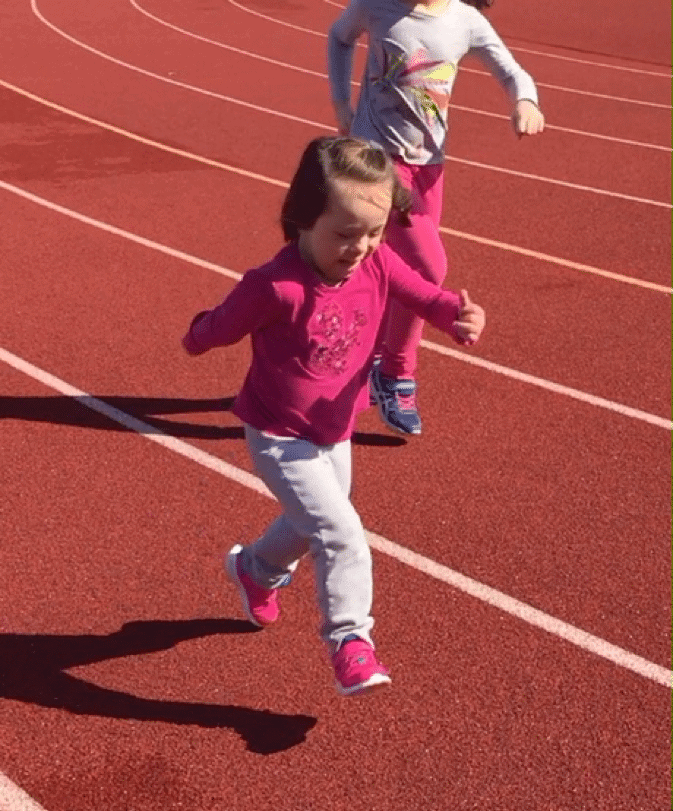
Parents summarized Julia’s strengths as follows:
• She is reading in two languages at an 8-year-old level.
• She can walk 1,600 meters non-stop in 31 minutes and can run 100 meters in 47 seconds
• She can tell a well-organized story in two languages.
• She is very independent and organized in her daily life.
• She is attentive to everything around her.
• Above all, she is very determined and has a strong will to accomplish her goals.
Veras Kids
At The Institutes, these children (whose primary neurological problems are usually in the subcortical areas of the brain) are often affectionately given the nickname of “Veras Kids” honoring the work of Doctors Raimundo and Jose Carlos Veras who specialized in treating these children at a time when Down Syndrome children were routinely institutionalized for life. Raimundo Veras and Glenn Doman demonstrated conclusively that the neurological problems of these children could be resolved with appropriate stimulation and opportunity. They demonstrated that the neurological problems experienced by Trisomy 21 children are their most significant problems, without changing a single gene.
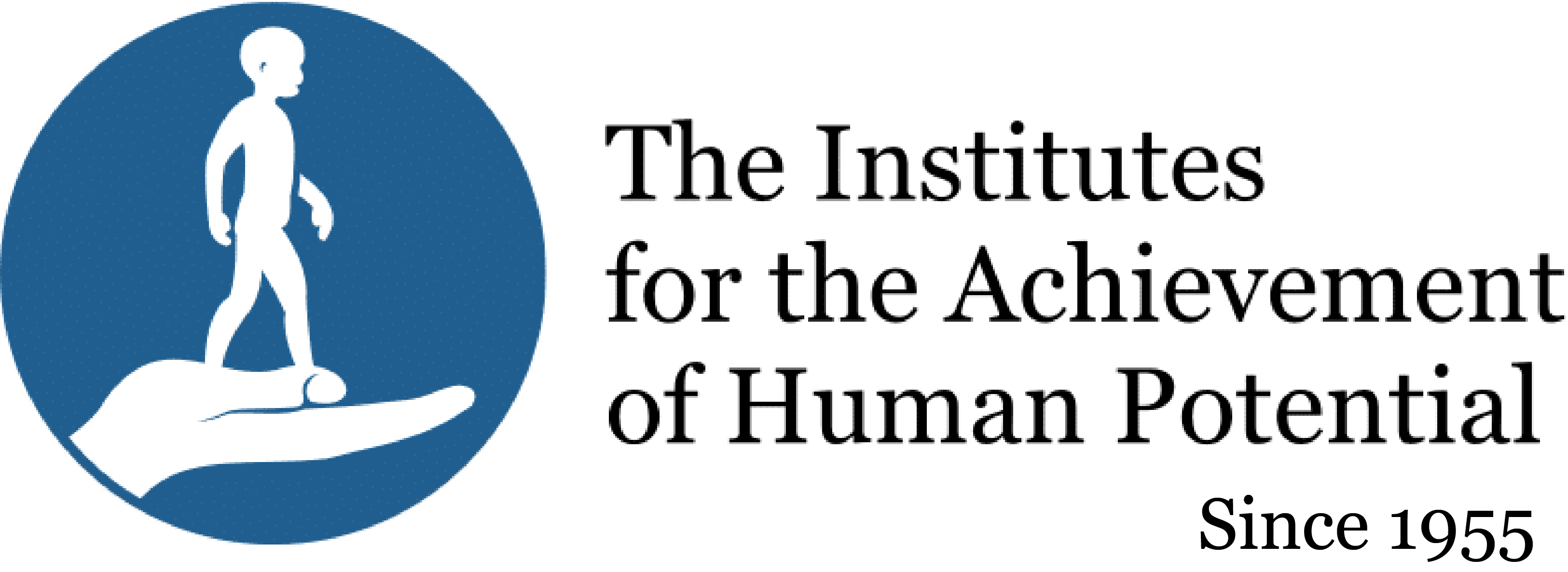
 Donate
Donate





